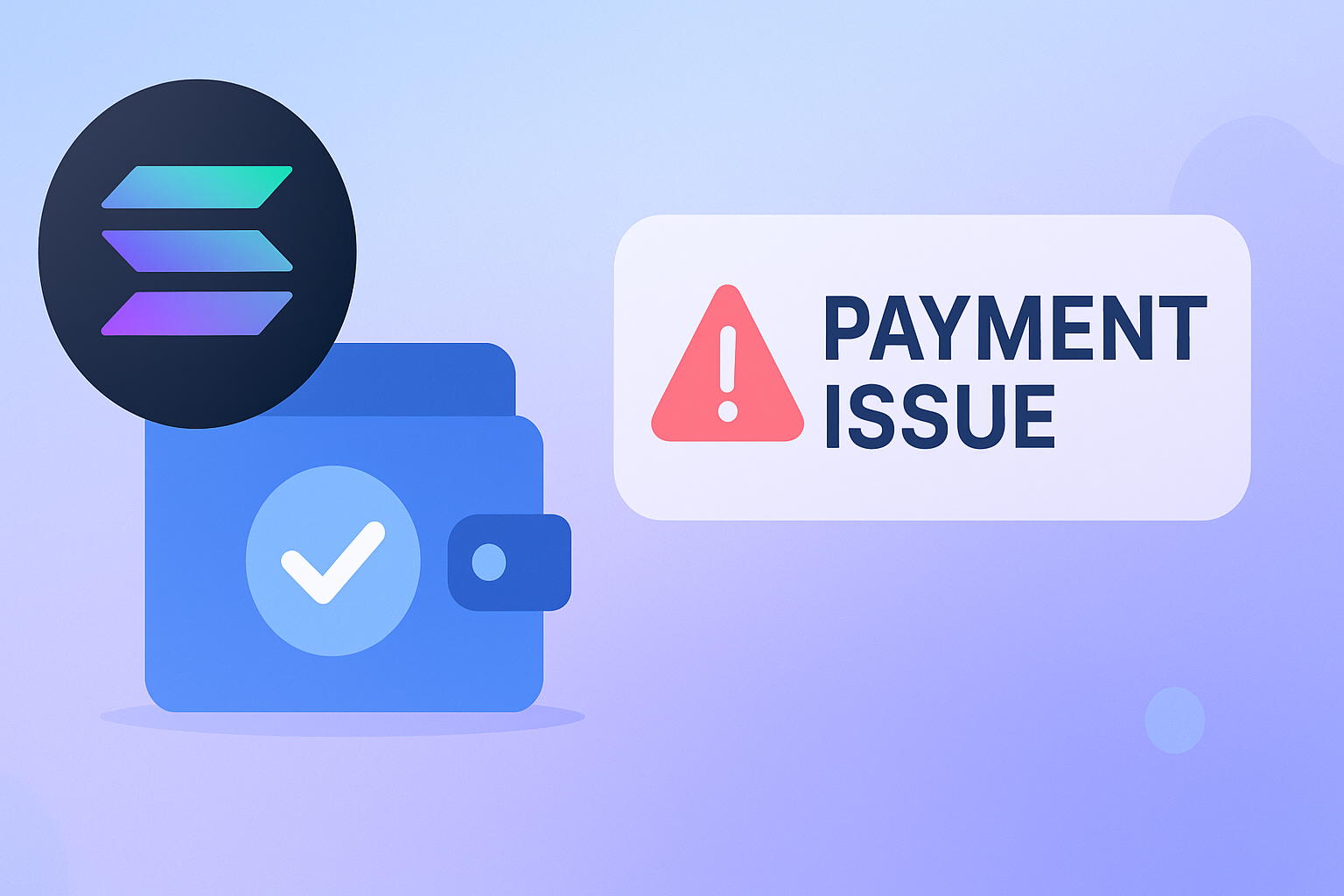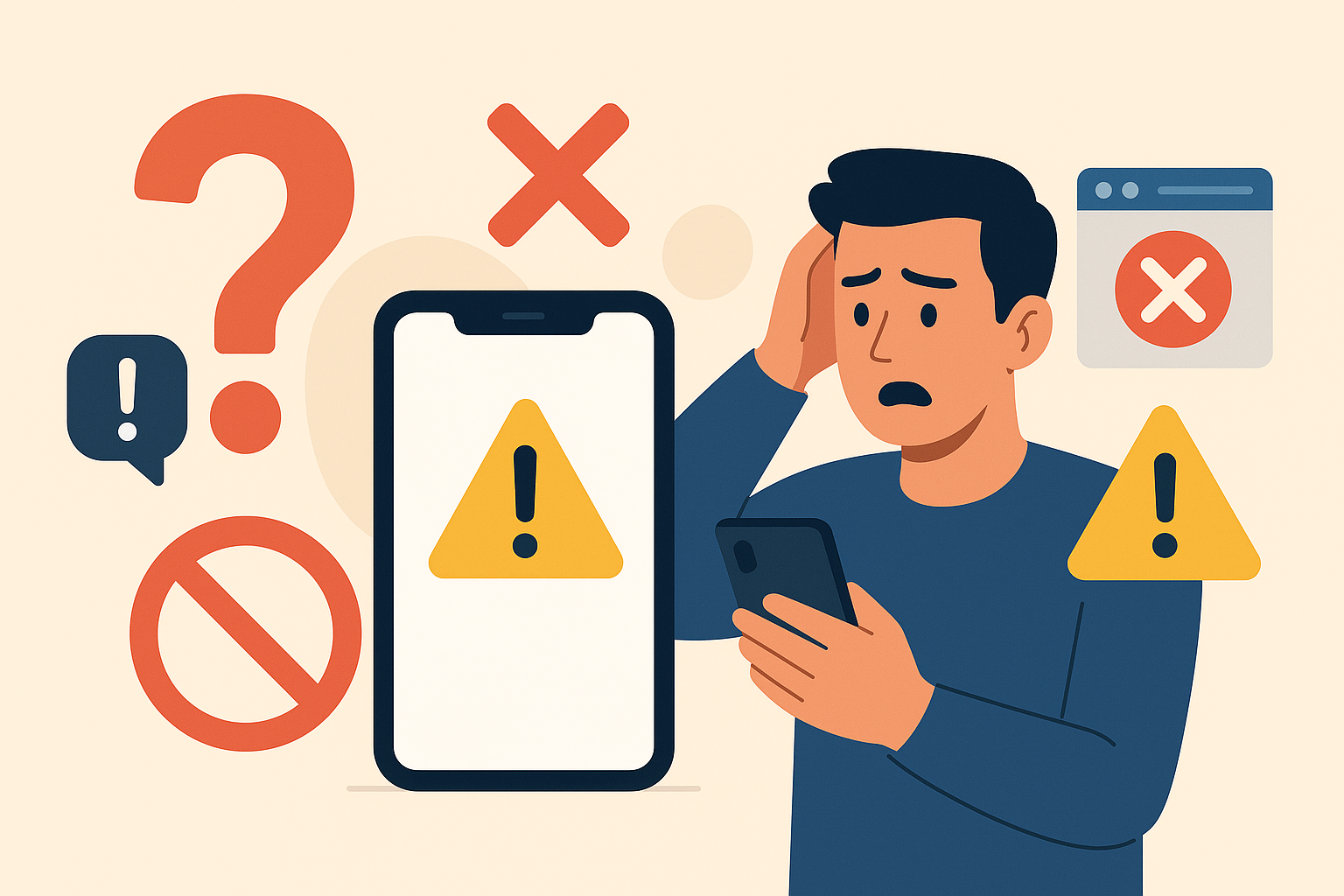When web scraping, you’re bound to run into errors, and Error 520 is a common one. This error comes from Cloudflare, a service many websites use for security and performance. Essentially, Error 520 means Cloudflare got an unexpected or incomplete response from the server, but the exact cause isn’t always clear.
Let’s break down what causes this error, how it affects web scraping, and—most importantly—how you can fix it.
What is Error 520?
Error 520 usually happens because the server you’re trying to scrape sends back an invalid or unexpected response. This could be caused by:
- The server crashing or timing out
- Misconfigurations on the server
- Cloudflare blocking suspicious activity, such as scraping that looks too aggressive
- The server being overloaded and unable to respond
For a web scraper, this error can be frustrating since it can stop your scraping in its tracks and might not be consistent, making it tricky to solve.
How to Fix Error 520
If you’re seeing Error 520 during your web scraping, here are a few ways to fix it:
1. Check if the Website is Online
Before tweaking your scraper, make sure the site you’re scraping is up and running. Tools like DownForEveryoneOrJustMe can quickly check the status.
2. Mimic Real Browser Headers
Web servers expect certain headers from browsers, so adding them to your requests can help avoid detection:
- User-Agent: This identifies your browser type. Use a common user-agent string to look like a real visitor.
- Accept-Language: This tells the server what language you’re expecting. Adding this can make your request seem more legitimate.
Example in Python:
headers = { 'User-Agent': 'Mozilla/5.0 (Windows NT 10.0; Win64; x64)', 'Accept-Language': 'en-US,en;q=0.9' }3. Use Proxies
Websites may block your IP if they detect multiple requests from the same address. Using proxies (especially rotating or residential ones) helps you scrape without getting flagged.
4. Slow Down Your Requests
Sending too many requests too quickly can get you blocked. Adding a small, random delay between your requests will make your scraper act more like a human.
Example:
import time import random time.sleep(random.uniform(1, 5)) # Waits between 1 to 5 seconds5. Implement Retry Logic
Sometimes the error may be temporary. Implementing a retry system in your scraper will help it recover from occasional failures.
Example:
def fetch_with_retry(url, retries=3): for _ in range(retries): try: response = requests.get(url) if response.status_code == 200: return response.text except Exception as e: print(f"Error: {e}. Retrying...") time.sleep(2) return None6. Use a Headless Browser
Cloudflare often uses JavaScript challenges to verify real users. Scraping with tools like Selenium or Playwright (which execute JavaScript) can help bypass these challenges.
Wrapping Up
Error 520 can be annoying when web scraping, but with the right strategies, you can minimize its impact. Whether it’s adding proper headers, using proxies, or slowing down your requests, small changes can go a long way in avoiding detection. And if all else fails, consider using a headless browser to make your scraper act more like a human.
Happy scraping!





